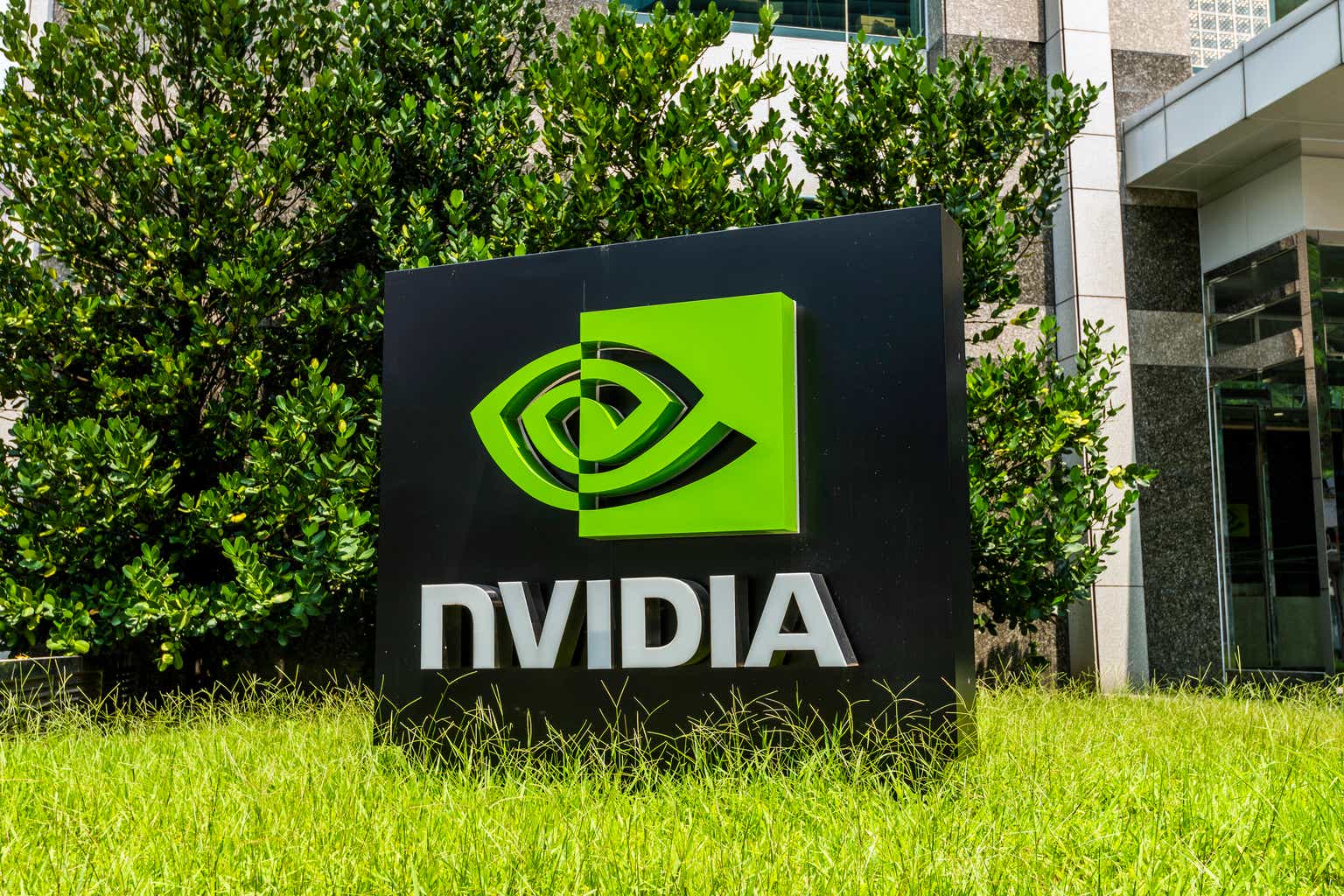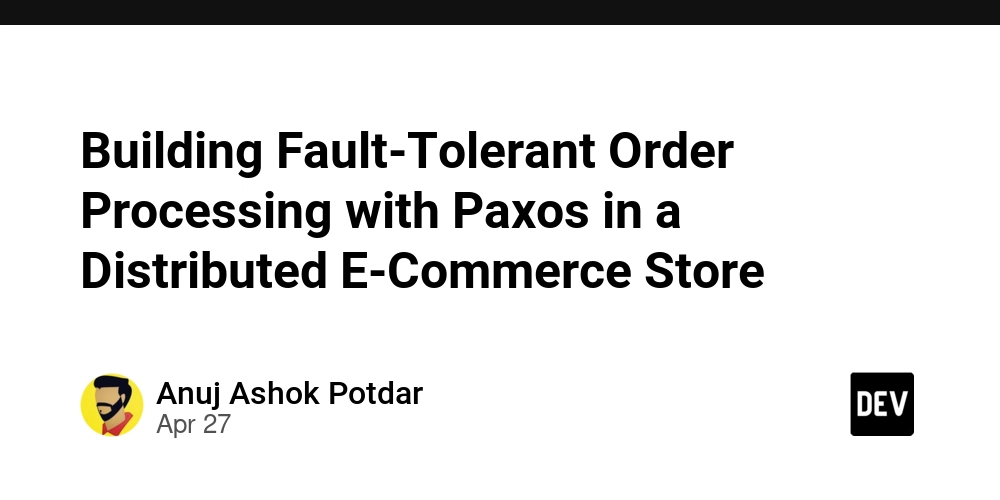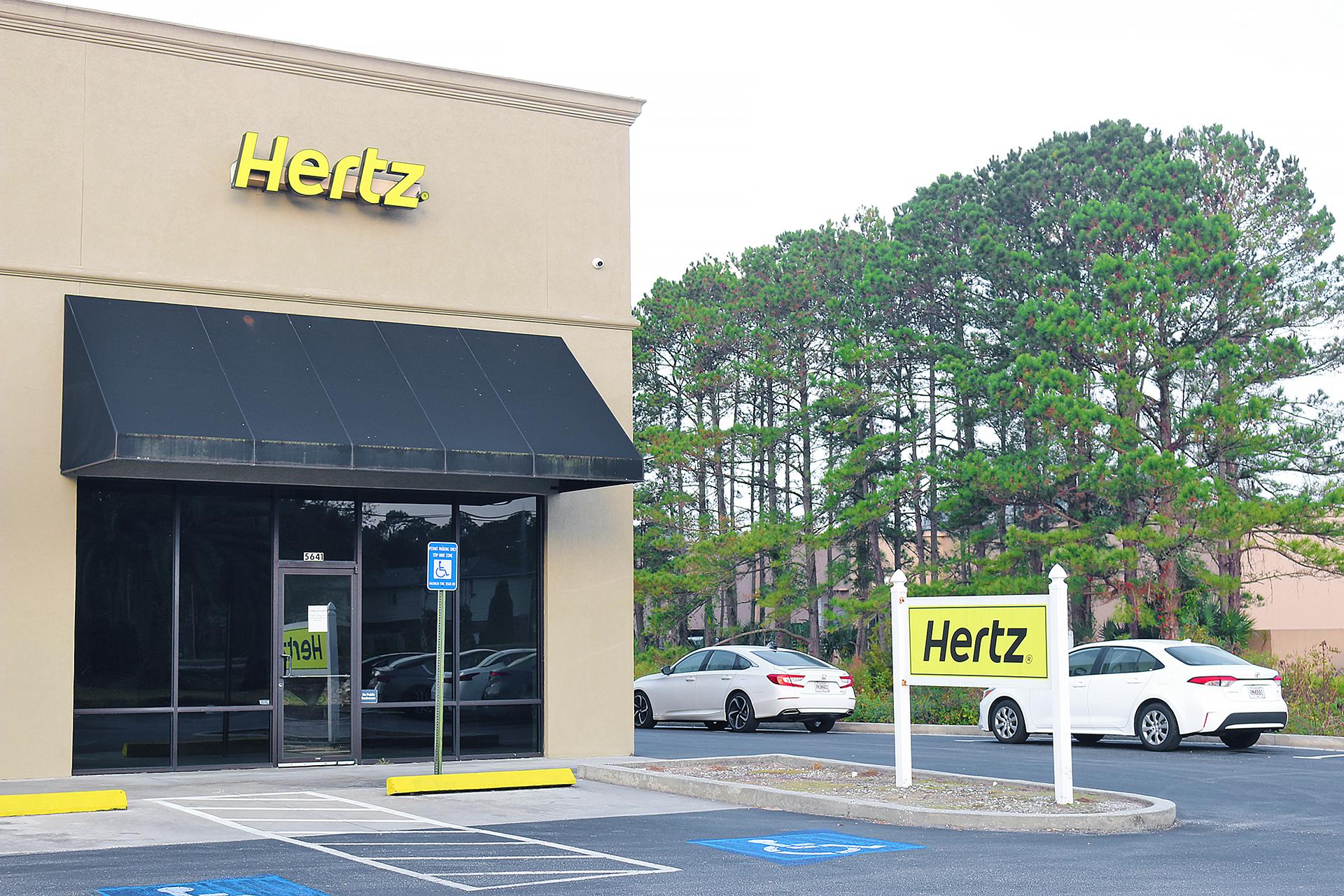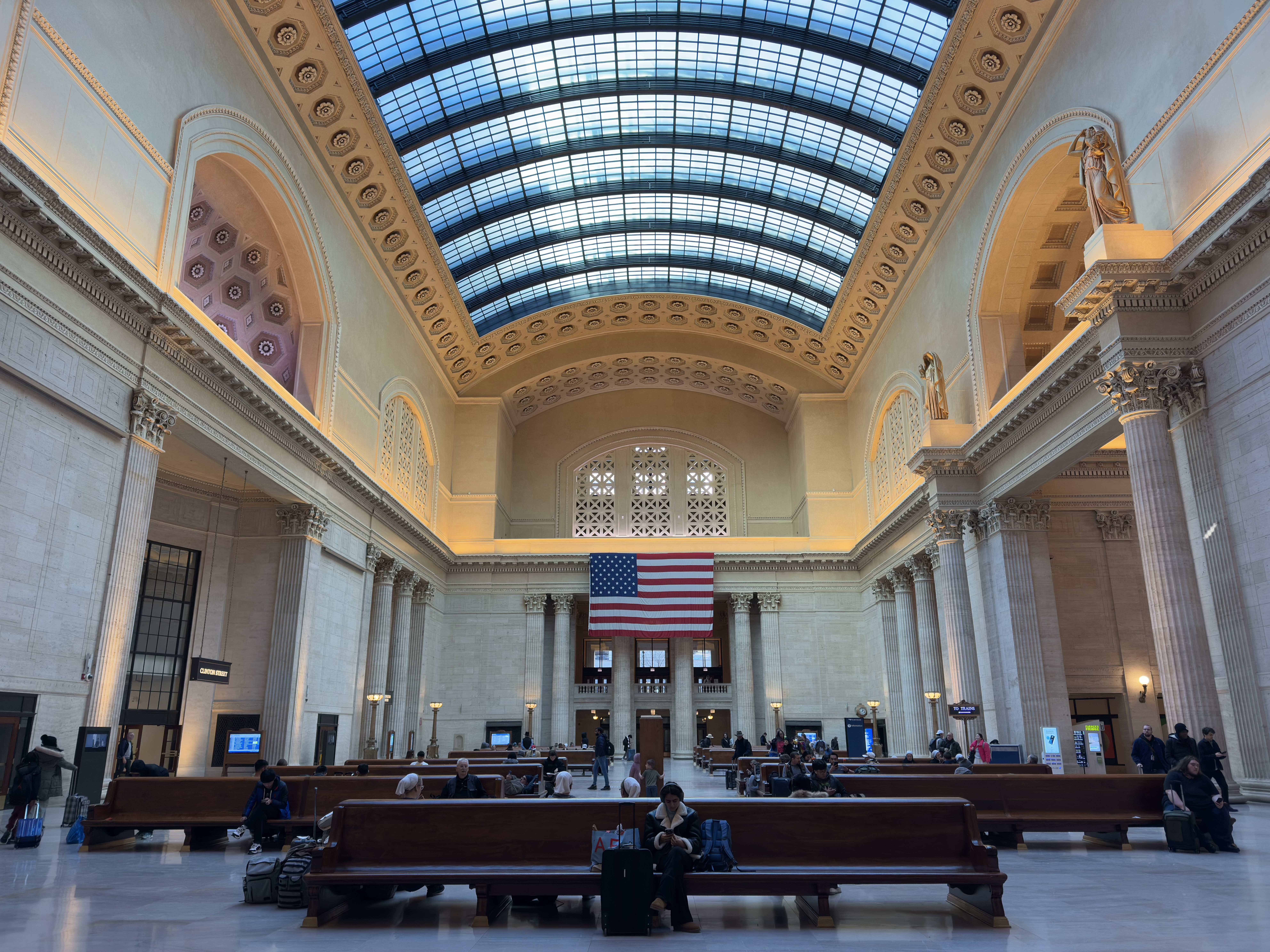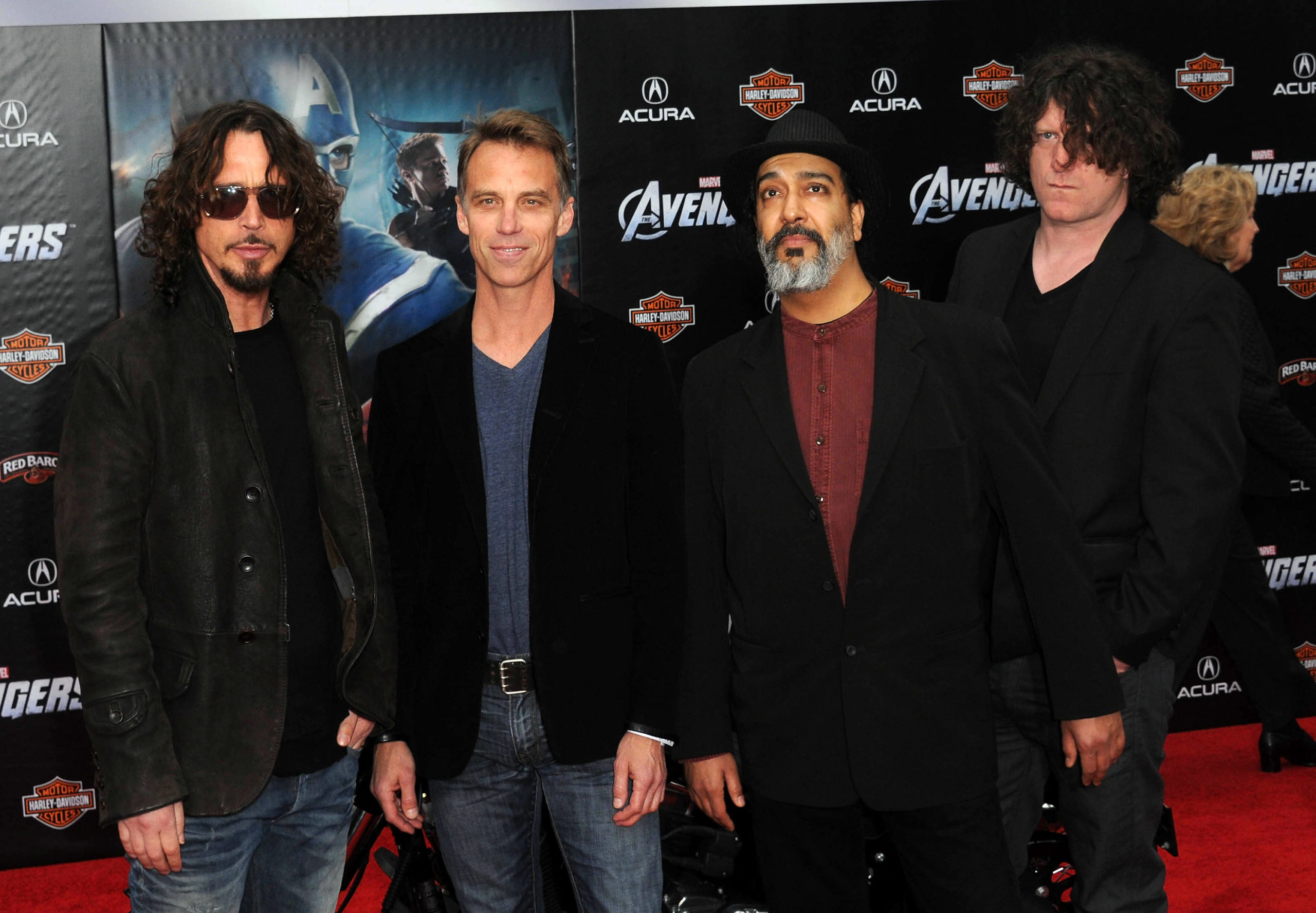Imaginarium - Build. Explore. Leave Your Mark.
This is a submission for the Alibaba Cloud Challenge: Build a Web Game.* What I Built I created a multiplayer open-world game where you control a robot in an infinite, isometric grid-based world. Your mission is to use your imagination to build unique monuments that decorate the landscape. Each monument is dynamically generated with the help of AI (powered by ComfyUI), and is permanently placed at the location where it was created. As players explore the world, they can discover the creations of others and encounter fellow travelers cruising through the ever-evolving map, making it a vibrant and shared experience. Demo https://imaginarium.monster Source Code https://github.com/milewski/imaginarium-challange The Repository Contains: The Game Source Code at /game The Game WebSocket and API at /server The Game Infrastructure Terraform Setup Files at /infrastructure Alibaba Cloud Services Implementation To support the game's backend and dynamic content delivery, I utilized several Alibaba Cloud services: Elastic Compute Service (ECS): Used for hosting the backend servers, including the API and WebSocket services. ECS provided the flexibility and performance needed to run Rust-based backend components efficiently. Object Storage Service (OSS): Used to store and serve static assets generated by players, such as monument images. OSS offered scalable and reliable storage with easy access over the web. Content Delivery Network (CDN): Integrated to accelerate the delivery of frontend assets, improving load times and the overall user experience, especially for a browser-based WASM game. While there were additional Alibaba Cloud services that could have further enhanced the project, integrating them would have required more development time. I effectively had only four days to work on this project, and it was an incredibly fun experience. Overall, working with Alibaba Cloud was smooth and straightforward, largely thanks to the official Terraform provider, which made it easy to explore available services and quickly provision and configure the necessary infrastructure. Game Development Highlights The game was developed using the Bevy game engine, entirely built in Rust, and compiled to WebAssembly (WASM) to run seamlessly in the browser. User-generated monument images are dynamically created using a Stable Diffusion XL model, enhanced with several LoRAs via ComfyUI. All generation services are containerized with Docker and deployed to Alibaba Cloud (Alicloud). Technical Highlights: The game runs entirely in the browser via WebAssembly. Real-time communication with the server is handled through a WebSocket connection using a custom binary protocol. Both the server and the client frontend are built in Rust, sharing code between them for efficiency and consistency. A lightweight Vue.js wrapper manages loading logic, WASM communication, modal handling, and audio token interactions. Monument generation is dynamic, leveraging ComfyUI pipelines for on-the-fly creation of assets.
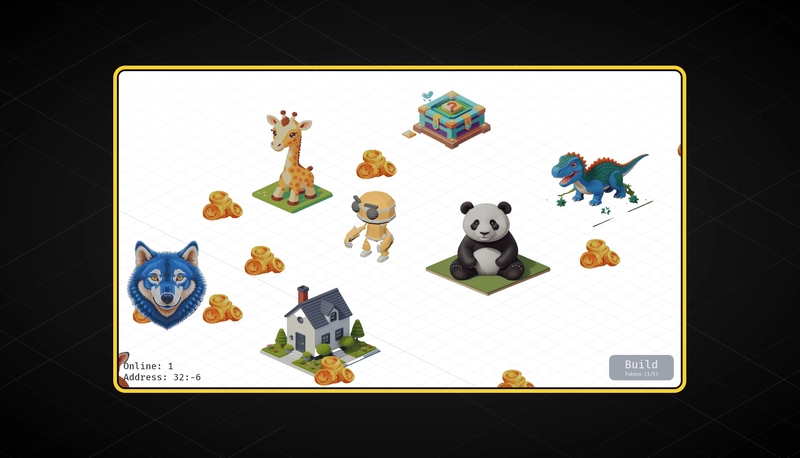
This is a submission for the Alibaba Cloud Challenge: Build a Web Game.*
What I Built
I created a multiplayer open-world game where you control a robot in an infinite, isometric grid-based world. Your mission is to use your imagination to build unique monuments that decorate the landscape. Each monument is dynamically generated with the help of AI (powered by ComfyUI), and is permanently placed at the location where it was created. As players explore the world, they can discover the creations of others and encounter fellow travelers cruising through the ever-evolving map, making it a vibrant and shared experience.
Demo
Source Code
https://github.com/milewski/imaginarium-challange
The Repository Contains:
- The Game Source Code at
/game - The Game WebSocket and API at
/server - The Game Infrastructure Terraform Setup Files at
/infrastructure
Alibaba Cloud Services Implementation
To support the game's backend and dynamic content delivery, I utilized several Alibaba Cloud services:
- Elastic Compute Service (ECS):
Used for hosting the backend servers, including the API and WebSocket services. ECS provided the flexibility and performance needed to run Rust-based backend components efficiently.
- Object Storage Service (OSS):
Used to store and serve static assets generated by players, such as monument images. OSS offered scalable and reliable storage with easy access over the web.
- Content Delivery Network (CDN):
Integrated to accelerate the delivery of frontend assets, improving load times and the overall user experience, especially for a browser-based WASM game.
While there were additional Alibaba Cloud services that could have further enhanced the project, integrating them would have required more development time. I effectively had only four days to work on this project, and it was an incredibly fun experience. Overall, working with Alibaba Cloud was smooth and straightforward, largely thanks to the official Terraform provider, which made it easy to explore available services and quickly provision and configure the necessary infrastructure.
Game Development Highlights
The game was developed using the Bevy game engine, entirely built in Rust, and compiled to WebAssembly (WASM) to run seamlessly in the browser. User-generated monument images are dynamically created using a Stable Diffusion XL model, enhanced with several LoRAs via ComfyUI. All generation services are containerized with Docker and deployed to Alibaba Cloud (Alicloud).
Technical Highlights:
The game runs entirely in the browser via WebAssembly.
Real-time communication with the server is handled through a WebSocket connection using a custom binary protocol.
Both the server and the client frontend are built in Rust, sharing code between them for efficiency and consistency.
A lightweight Vue.js wrapper manages loading logic, WASM communication, modal handling, and audio token interactions.
Monument generation is dynamic, leveraging ComfyUI pipelines for on-the-fly creation of assets.





